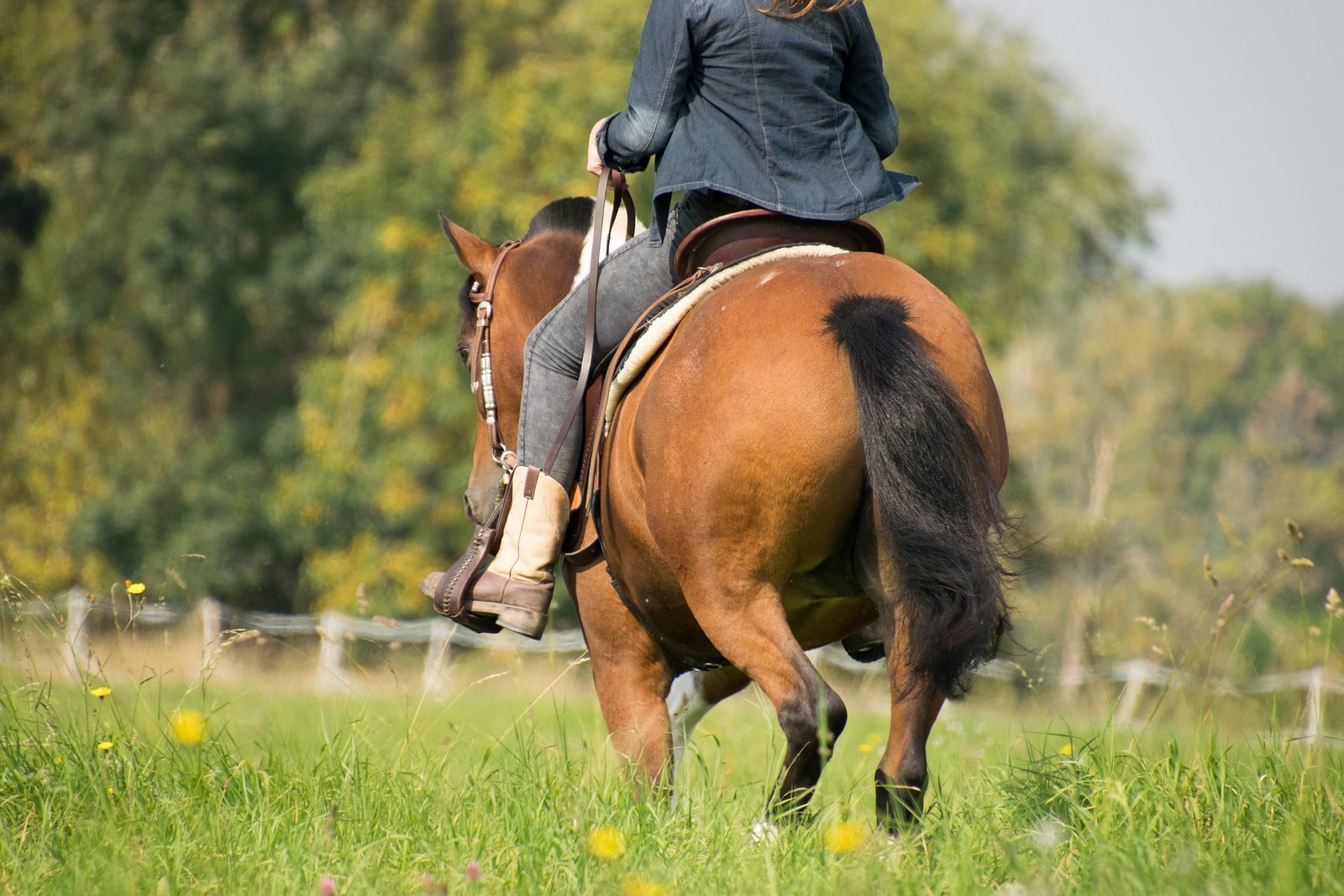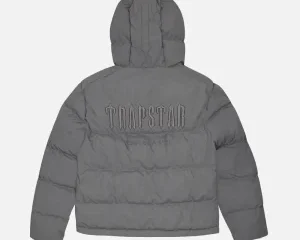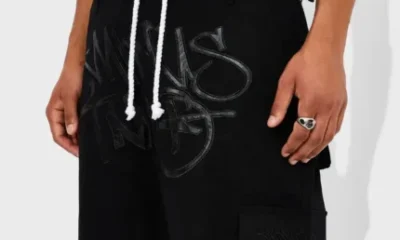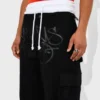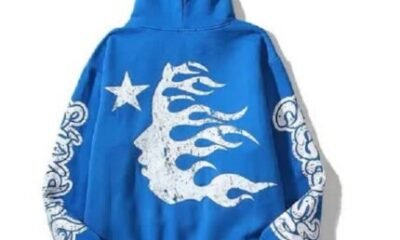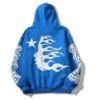Lifestyle
Horse riding clothing And equestrian clothing for riders
If you’re just getting started in the horse world, the clothing may seem a bit strange. Of course, equestrians don’t think so, and it’s not just because they’re used to wearing the “funny” clothes. Nearly every piece of equestrian clothing serves a purpose – for safety and/or comfort. Horse people don’t just wear it to be unique.
What To Wear For Horse Riding
For the most part, riders who participate in English riding disciplines will be using similar clothing. While there are some differentiations between the disciplines, the basics are the same. It’s important to understand that show clothes for riders are very different from everyday riding clothes. Everyday riding clothes are meant to be functional and comfortable, while show clothes are meant to be stylish and presentable.
Everyday Riding Clothes:
Equestrians know that their sport requires a lot of gear, and they’re okay with that because they understand that the gear is necessary for both horse and rider to remain safe and comfortable.
Beyond clothing, both horse and rider need the appropriate gear to ensure the best possible riding experience.
Although riders typically look tidy at shows, they can relax at home and wear more comfortable clothing, like breeches and shirts, instead of the formal wear that is required at competitions.
Riding pants:
Riding pants, also called “jodhpurs,” play an important role in a rider’s wardrobe. They are designed to be comfortable and functional, and come in different styles like knee patch, full seat, high rise, and low rise. In recent years, fashion has become more important in the horse world, so riders can now find riding pants that look like jeans.
Riding shirts:
There’s something special about equestrian shirts. They’re not just functional garments designed to protect you from the elements. They’re also a symbol of your passion for horse riding, and a way to show your support for the equestrian community.
Whether you’re looking for a classic polo shirt, a stylish button-down, or a cozy sweatshirt, you’ll find the perfect horse riding shirt to suit your taste. And with so many different styles and designs to choose from, you’re sure to find one that’s perfect for you.
So next time you’re shopping for riding apparel, don’t forget to pick up a shirt (or two). After all, they’re an essential part of any rider’s wardrobe.
Related Article:
Riding Spurs:
Experienced riders should be the only ones wearing spurs because they are an extension of the leg aid. Spurs are only used when needed and worn on the boot. They come in many different sizes and styles.
Riding Whip/Crop:
If a rider is having difficulty getting their horse to move forward, they may carry a whip or crop with them while riding. Most horses will realize that the rider has this tool and will be more likely to move. Whips are an external aid and should not be used in an abusive manner.
Riding Boots:
While most riding schools just require that riders ride with a boot that has a heel of at least two inches, it is better to purchase an affordable pair of riding boots. Riding boots are designed for riding and offer the best comfort and safety available. Available in two forms, paddock boots and tall boots, riders can find riding boots in a large range of prices. Riders who decide to purchase paddock boots (boots that only come to the ankle), may want to consider purchasing a pair of half chaps to avoid chafing on the inside of their calves.
Riding Helmets:
A riding helmet is a wise investment for any rider, as falling off without one could lead to a serious injury. In fact, many injuries and deaths have occurred because the rider wasn’t wearing a helmet. When choosing a riding helmet, be sure that it is ASTM approved and has a harness.
Riding Gloves:
While gloves are not required for every rider, many feel that they help with improving grip and dexterity, as well as preventing blisters or burns.

